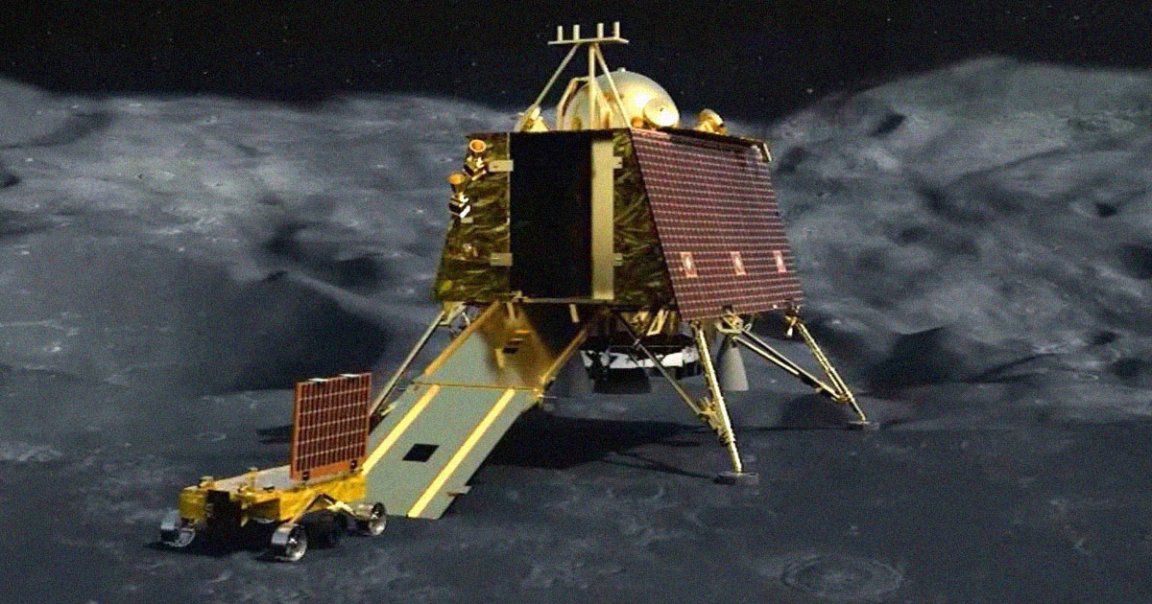
Godspeed
India is now gearing up for its second Moon landing attempt after its previous effort came agonizingly close but failed at the final hurdle.
On Wednesday, the Indian Space Research Organization (ISRO) announced that it’s fully married the three-stage rocket and spacecraft that will power its latest lunar mission called Chandrayaan-3, setting a tantalizingly imminent launch date of July 14.
The spacecraft will take off from the Satish Dhawan space center in southern India and will hopefully arrive at its destination around August 23 or 24, ISRO said. From there, the space agency aims to deploy its payload of the Vikram lander containing a rover close to the Moon’s south pole.
If successful, not only would Chandrayaan-3 elevate India to join the illustrious ranks of only three other nations that have softly landed on the Moon — the US, China, and the Soviet Union — it would also mark the first time a lander has touched down near the almost entirely unexplored southern pole.
Heading South
This isn’t India’s first rodeo. Chandrayaan-2, which launched in July 2019, also attempted to deploy a rover near the south pole.
ISRO came close then to pulling off a landing, but its lander stumbled just before the finish line and crashed into the lunar surface due to an issue with its braking thrusters.
But that mission and its predecessor, Chandrayaan-1 in 2008, had plenty of positives to take away, including successfully deploying a lunar orbiter on both occasions.
As such, Chandrayaan-3 has ditched bringing along another orbiter and is solely focused on sticking the landing this time.
Assuming all goes to plan, ISRO’s 57-pound rover, known as Pragryan, will explore the lunar surface for about 14 days, hoping to uncover more clues on the mystifying geology of the Moon’s southern region, many parts of which are permanently shrouded in darkness.
The Vikram lander will also be staying busy, using its instruments to measure surface temperatures, ion and electron densities, and seismic activity, according to an ISRO release.
Though the scientific gains could be modest, they will nonetheless be instrumental to deepening our understanding of the Moon’s surface, especially considering NASA wants to send astronauts to the lunar south pole as soon as two years from now. We’ll be watching.
More on Moon missions: NASA Worried SpaceX’s Failure Will Push Back Landing on the Moon